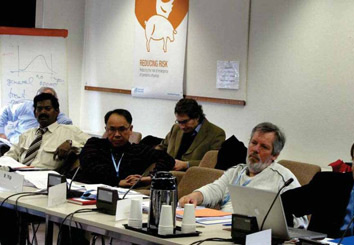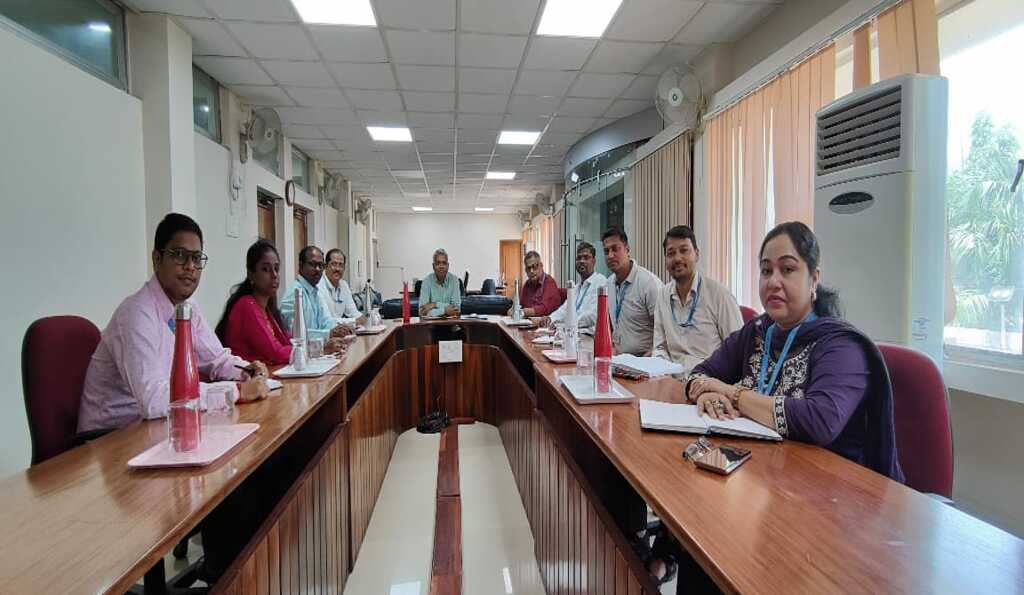
Participation in the International Leptospirosis Conference at Geneva
National Leptospirosis Reference Centre
Since early 1990s, Leptospirosis became the major thrust area of research for the Centre because it was one of the major public health problems of the people of the region. IN 1999, the Centre was recognized as the National Leptospirosis Reference Centre (NLRC). As part of the reference Centre, a National Leptospira Repository was established, which maintains one of the world's largest collections of leptospiral reference strains and isolates. The other activities include providing diagnostic and referral services to other institutions/hospitals in the country and region, training of microbiologists, technicians, epidemiologists and physicians in leptospirosis, acting as a source of reference strains, diagnostic materials, sero-typing AND geno-typing of isolates.
WHO Collaborating Centre for Leptospirosis
In 2004 the Centre was designated as WHO Collaborating Centre for Diagnosis, Research, Reference and Training in Leptospirosis (WHO CCL). In 2008, the Centre was redesignated as WHO Collaborating Centre. This time the terms of reference was expanded to include functioning as the nodal centre for developing leptospirosis reference laboratories in other countries of the WHO Southeast Asia Region. In addition to the roles as National Reference Centre, the terms of reference include activities such as development and evaluation of diagnostic tests and developing and applying epidemiological tools for risk assessment. As WHO CC the Centre also trains doctors, technicians and scientist from other countries on Southeast Asia Region.
Nodal Centre for developing leptospirosis laboratory network in Southeast Asia
From 2008 onwards, the Centre was identified by the WHO as the nodal centre for developing leptospirosis laboratory network in other countries of the Southeast Asia Region. As part of this, the Centre trains manpower, provides basic research material and assist the other centres in external quality control and quality assurance.





